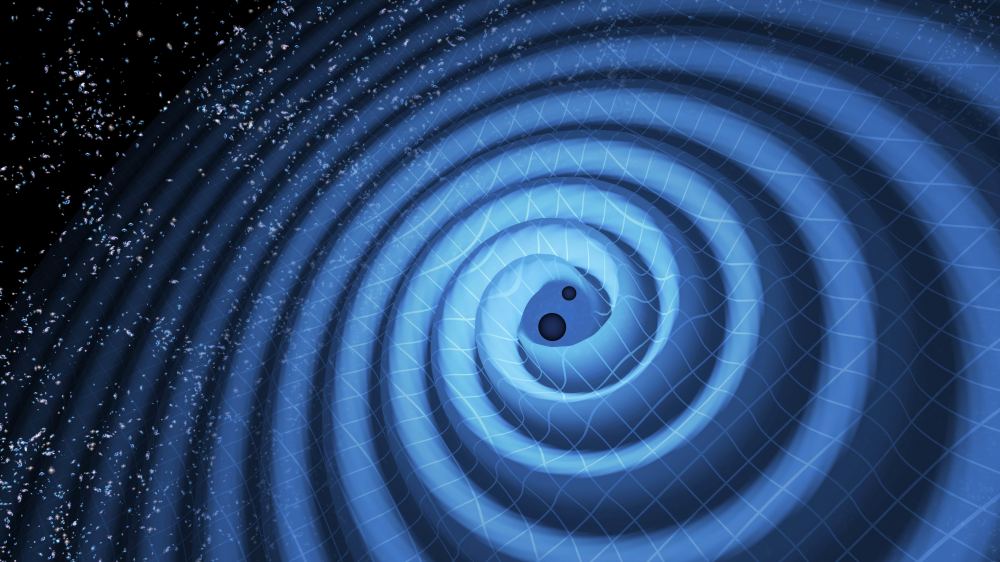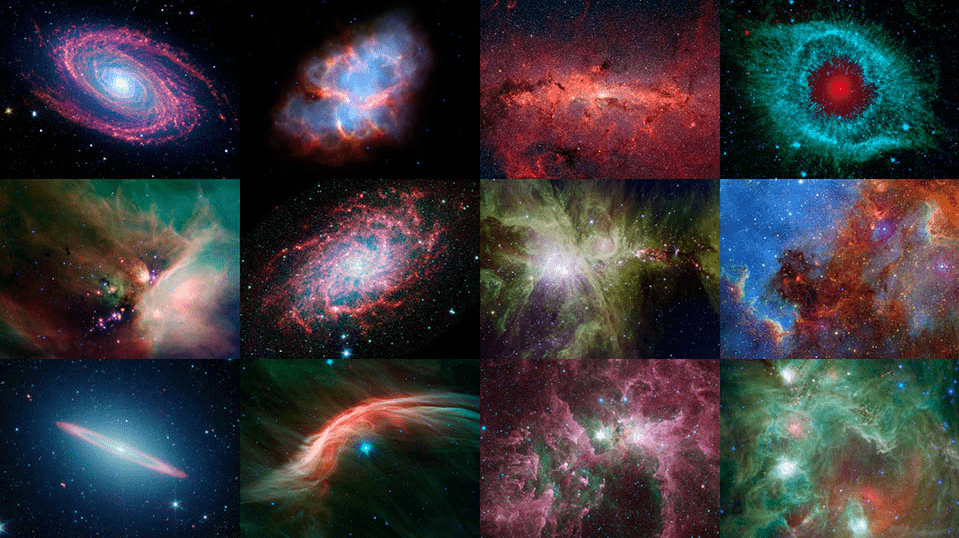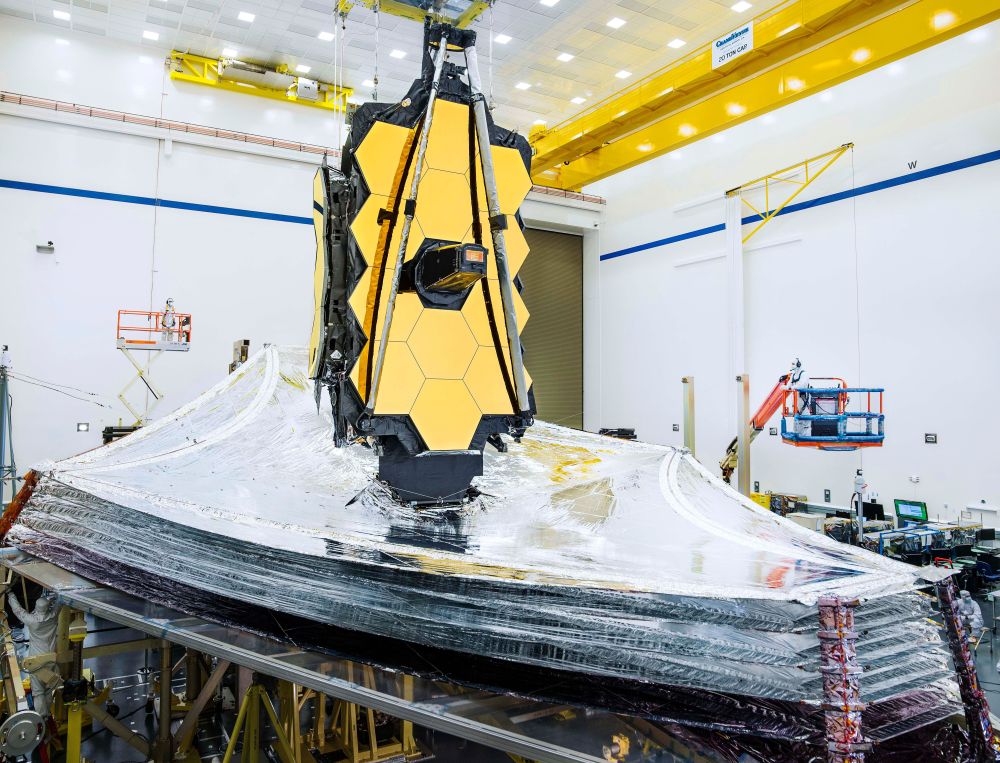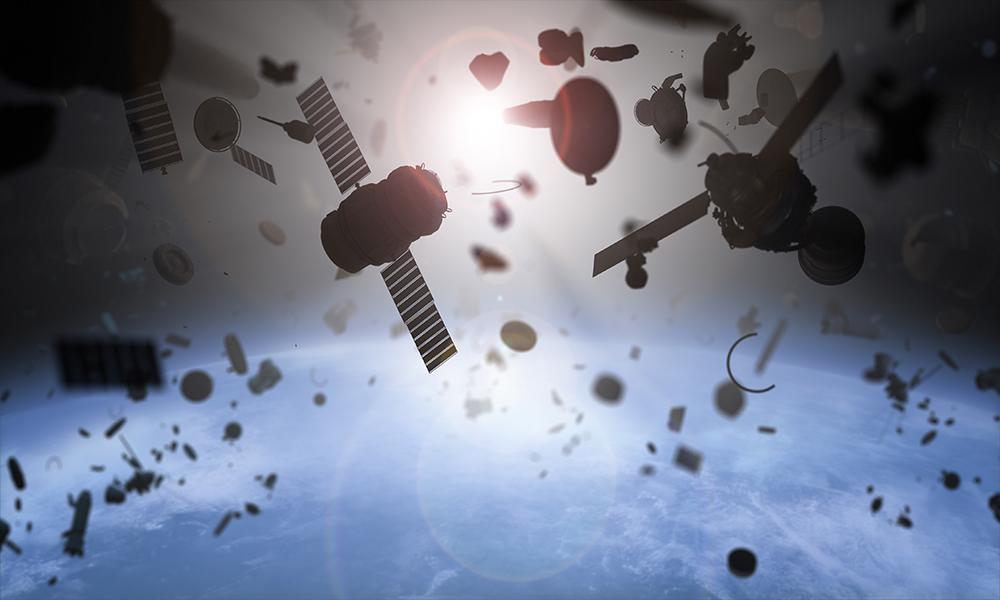
According to a new study by a pair of Harvard astrophysicists, it is possible that meteors traveling close to the speed of light regularly rain down on Earth's atmosphere
Continue reading

Continue reading
Happen to have clear skies tomorrow morning and live in the western part of the United States? Then you may have a chance to spy a unique event, as the waning crescent Moon occults (passes in front of) the planet Mars.
Continue reading

Continue reading

Continue reading

A team of European researchers recently simulated how a Universe without Dark Matter would have evolved, with surprising results!
Continue reading

Continue reading

Continue reading

Ready for the next great comet? First, the bad news. there is not (as of yet), a good naked eye comet in the cards, for 2020. The good news is… there is a fine binocular comet well placed for northern hemisphere viewers: Comet C/2017 T2 PanSTARRS.
Continue reading

Continue reading

New images of the asteroid Pallas (the clearest and most detailed to date) reveal that it looks like a "golf ball", an indication that it probably had a very violent past.
Continue reading
Continue reading

Continue reading

Continue reading

The Mars 2020 rover, which will launch this summer, will be the third NASA mission to bring a microphone to the Red Planet.
Continue reading

SpaceX recently announced that it could be taking Starlink public, giving investors a chance to get a piece of this lucrative satellite internet company.
Continue reading

The ESA's Solar Orbiter launched earlier today on its five-year mission to study the Sun, which scientists hope will lead to a better understanding of solar weather.
Continue reading

According to recent filings with the FCC, SpaceX hopes to conduct their first test flight with the Starship Mk 3 prototype as early as mid-March of 2020.
Continue reading

Continue reading

Continue reading

Continue reading

Continue reading

Continue reading

A new study proposes how thermoradiative technology could be used to make "anti-solar" cells that would work at night. Credit: SolarReserve
Continue reading

Continue reading

Continue reading

Continue reading

Continue reading
Continue reading

A robotic payload known as SPIDER will be going to space soon to show that constructing everything from satellites to spacecraft in orbit is possible
Continue reading

Continue reading
Continue reading

Continue reading

Continue reading

The MRO's HiRISE camera recently snapped fresh images of where the ESA's Schiaparelli lander crashed on the surface of Mars in 2016.
Continue reading

Continue reading

Continue reading

The Daniel K. Inouye Solar Telescope (DKIST) recently took its first image, which happens to be the highest-resolution image of the surface of the Sun to date.
Continue reading

Continue reading

According to multiple assessments, there's a good chance two dead satellites will crash in the skies above Pittsburgh, Pennsylvania, creating a serious debris problem.
Continue reading

Continue reading

Continue reading

NASA scientists have run simulations that show what the climate on Proxima b might be like, with encouraging results!
Continue reading
Continue reading

Continue reading

A DirecTV satellite suffered a battery failure and now has to be de-orbited. Otherwise, it could cause a collision and explosion.
Continue reading
Continue reading

Continue reading

The ESA is working on a system (TRAILER) that will allow two robots to work in tandem and explore the lunar surface.
Continue reading

Continue reading

 Universe Today
Universe Today









































